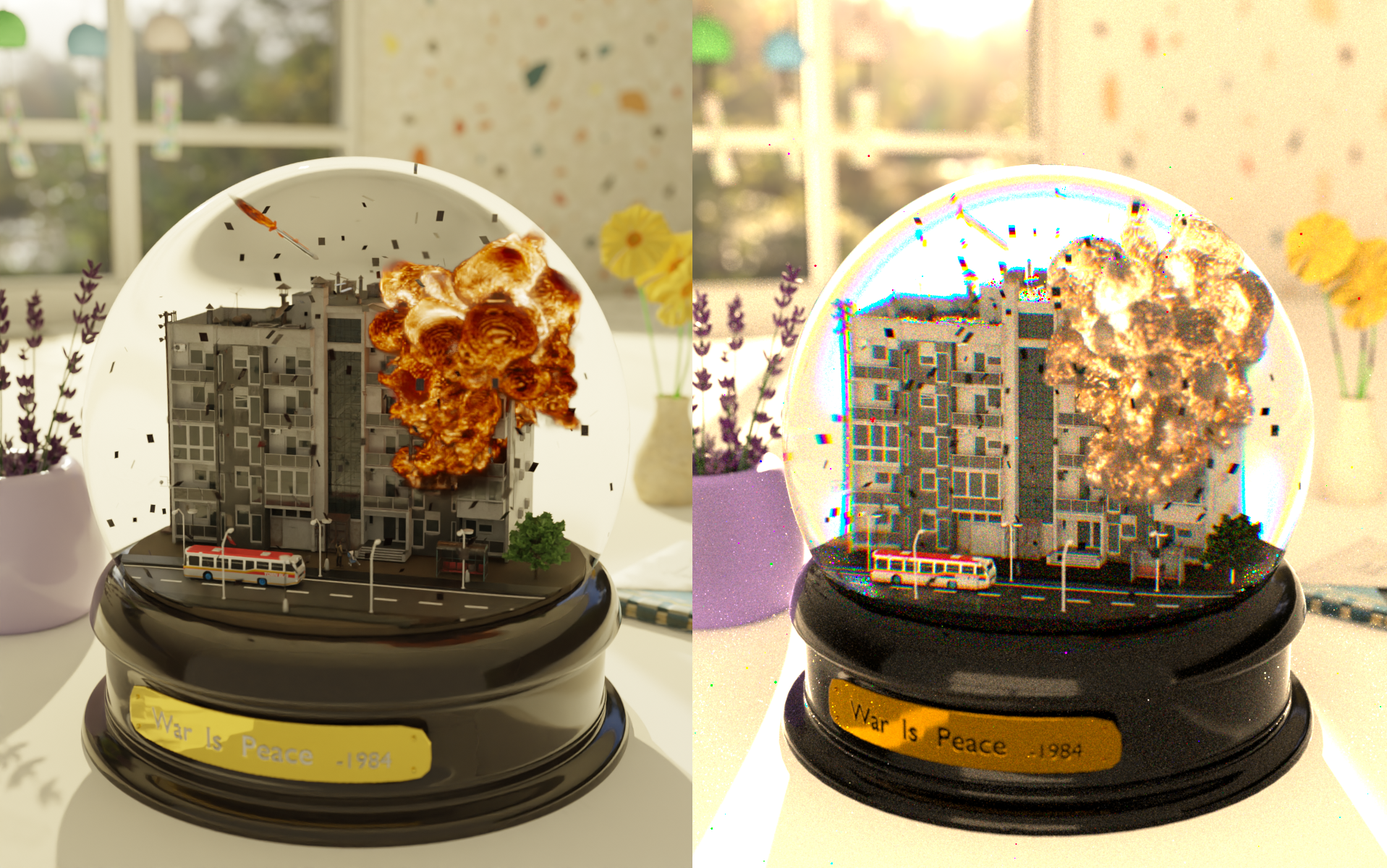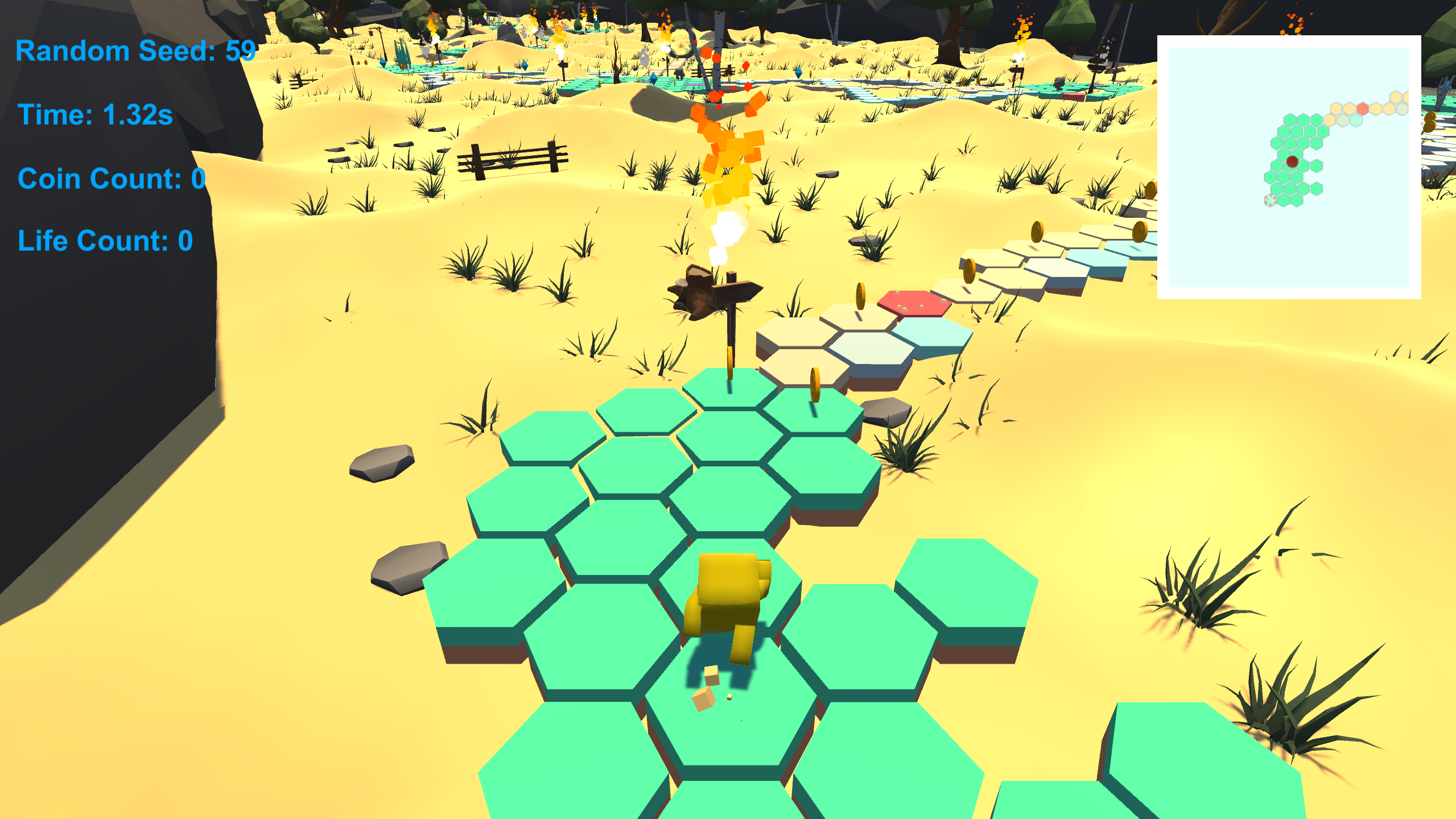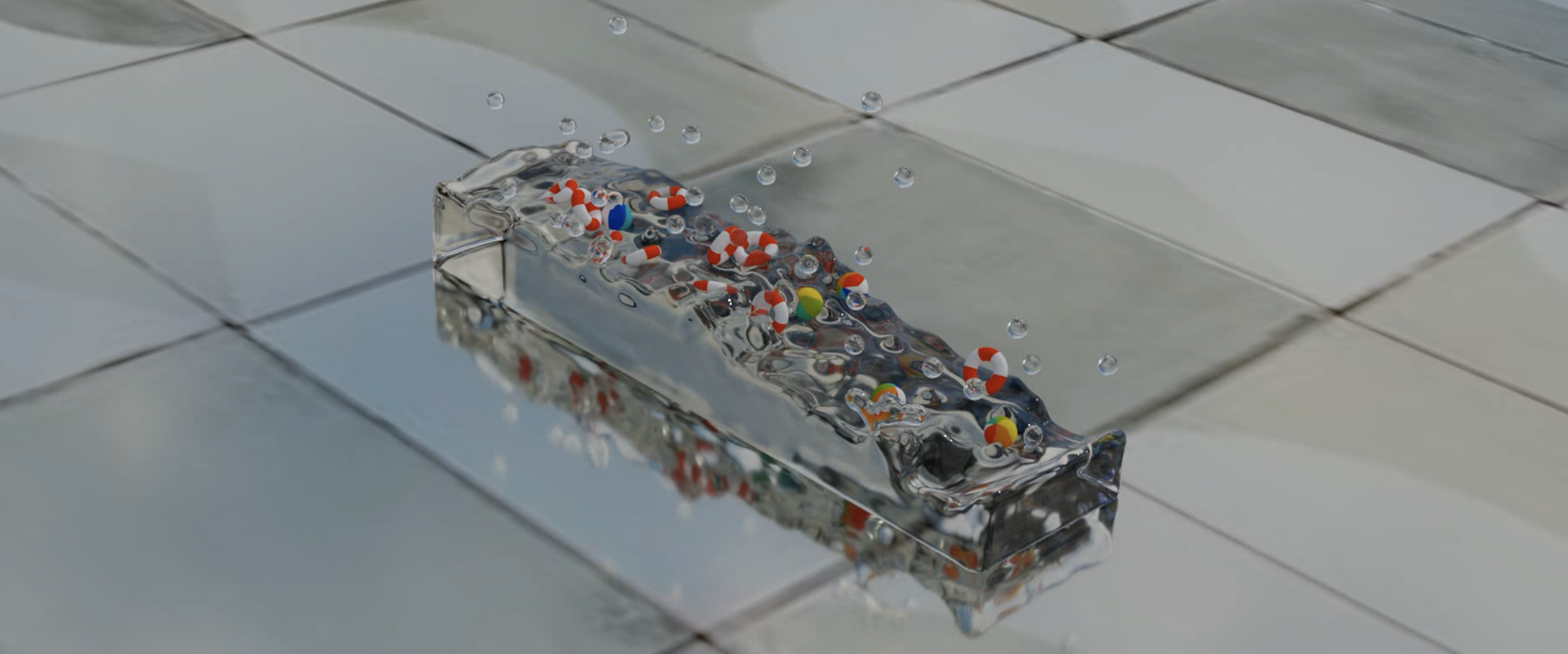Portfolio
Stochastic Progressive Photon Mapping CPU Optimization
This webpage lists a rough description for each project. Please refer to the corresponding Github link for detailed documentation.
Nori CPU Renderer

Left: Blender Right: Nori
This is my own offline physically-based renderer based on the educational ray tracing framework Nori 2, written in C++.
My renderer supports a wide range of rendering-related techniques, from light transport algorithms (path tracing with MIS, volume rendering for heterogeneous and emissive medium, photon mapping with final gathering and caustics map) to advanced material model (microfacet BRDF and BSDF with GGX and visible normal sampling), as well as components to improve visuals (depth of field, environment map light source).
Writing my own renderer is a lot of fun :)
Stochastic Progressive Photon Mapping CPU Optimization


In this project, as a group of four people, we implemented stochastic progressive photon mapping in C and performs multiple stages of CPU optimization. Due to the need of SPPM to store visible points in each iteration, this application is heavily memory-bound rather than compute-bound. The final result is a fully-vectorized (SIMD) algorithm with Intel intrinsics, and cache misses are minimized through changing data structure layout. It achieves up to a 22.69x speedup over the baseline implementation.
Hexagon Running Game

This is a running game with running paths formed by hexagons, designed and made by myself with Unity. The project is constructed with the idea of procedural content generation in mind. Actually, everything in the scene is generated automatically based solely on a user input random integer, including the hexagon path as well as the plants, rocks and the terrain. In other words, changing the random seed will lead to a completely different parkour path and environment, which stimulates the player’s interest in keeping playing the game.
Position Based Fluids

As a group of three people, we implemented position based fluids method for fluid simulation in 3D space with Taichi, a high-performance parallel language wrapped in python. Object collision is also handled in our code to support objects contacting or inside the fluid.
In each frame, we construct fluid surface from simulated particle position data, then pass it into Blender for rendering; appending the result of multiple frames yields the simulation animation.
